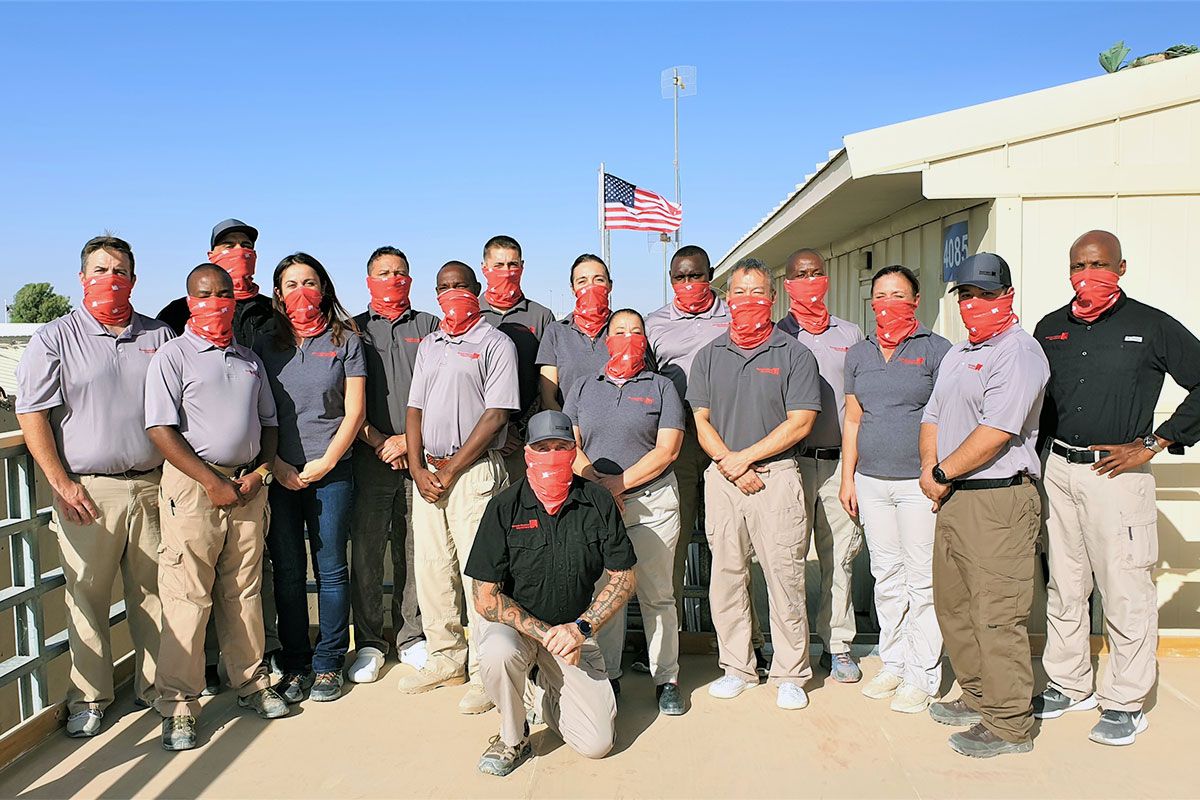Melina Coogan—editor at large of Wenger’s blog, author of  The Wilder Coast, and graduate of Remote Medical International WEMT—writes about the responsibilities, opportunities, and merits of completing a WEMT course. This article was originally published on Wenger’s blog.
Last winter I went through a rigorous, month long Wilderness EMT course, passed the national registry exam, and earned the title of NRMET-B: nationally registered EMT Basic. For the past year, I’ve been bombarded with questions from outdoor-minded friends about the responsibilities, opportunities, and merits pertaining to being a W-EMT. Here are the answers to the most frequently asked questions.
Yes, It’s Worth ItÂ
Without a doubt, the skills and information you will gain from this course are powerful, fascinating, and relevant. If time and money are not an issue, go for it! For the rest of us, it’s important to know whether or not getting an EMT certification will be useful and practical before committing our limited resources. I paid nearly 4,000 dollars for the class, which included room and board.
Yes, You Can Work on an Ambulance
Contrary to popular belief, WEMT is more than an ‘advanced Wilderness First Responder class.’ The course follows the same curriculum as a regular urban EMT course, with a heavier emphasis on wilderness scenarios- ‘wilderness’ being defined as being an hour or more away from definitive care. Upon completion of the course, you will need to pass a national exam and possibly a state exam, and then you are qualified to work in places as varied as sea vessels, hospitals and urban ambulances. Although not always required, your EMT card will certainly give you a leg up on ski patrol and search and Rescue squads.
Advanced Skills
In addition to the basic EMT curriculum, WEMT provides students with five advanced practical skills: the placement of catheters, IVs, advanced airways, NG tubes, and sutures. These are designed to provide critical care in remote environments when advanced life support is delayed or unavailable. Whether or not you’ll ever actually use these skills will be based strictly on the protocol of your workplace.
MPIC
The W-EMT course satisfies the requirements to receive the US Coast Guard certified Medical Person in Charge (MPIC) certification. The MPIC allows you to work onboard commercial vessels as a medical care provider. The MPIC certification is also available as its own specific course.
Exams
You must take a national exam upon completion of the course. In order to work in a hospital or ambulance, you must take a state specific exam. The depth and difficulty of this exam is state specific and varies greatly.
Education Hours
Once you pass the national exam, you are certified as an NREMT-B for 2 years. To maintain your certification past this time, you must complete 72 hours of continuing education. A portion of this will be covered in the mandatory 24 hour EMT Basic refresher course. The remaining 48 hours is broken down into specific categories, with 8 hours designated as ‘elective.’ Elective can include exciting, hands-on classes such as avalanche safety and swift water rescue.
Use It or Lose It
To maintain your EMT registration you must be actively working within the emergency medical service. Take note of this. This is a big one.
Read Beforehand
If you decide the W-EMT is right for you, pre-order the textbooks and read them. The class may require you to read and fully absorb up to seven full textbook chapters a night. Prior preparation could be the difference between passing and failing. Or, the difference between spending every free second studying, or having an evening here and there to unwind at the local brewery. Like I wish I could have done. If only I’d read this article.


